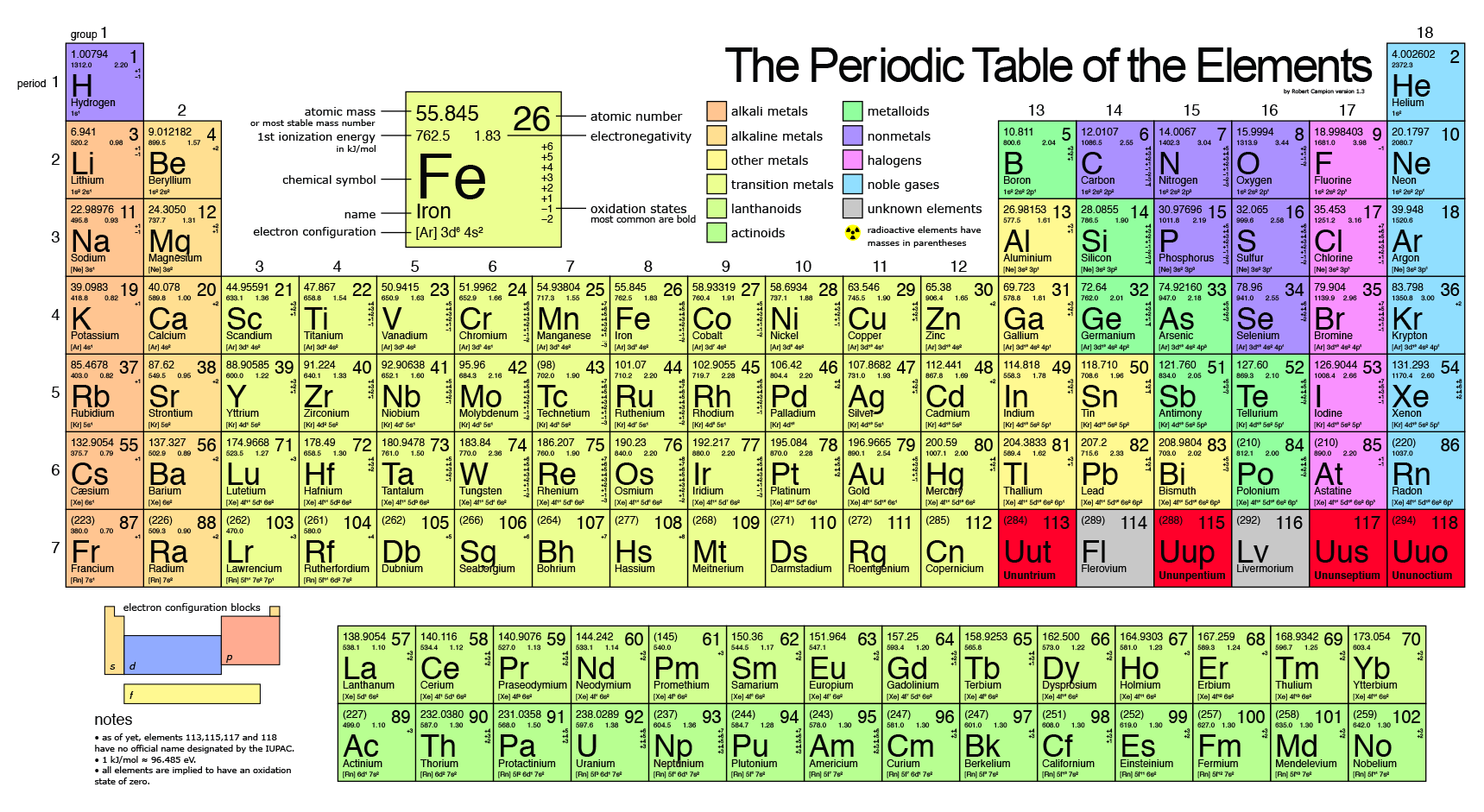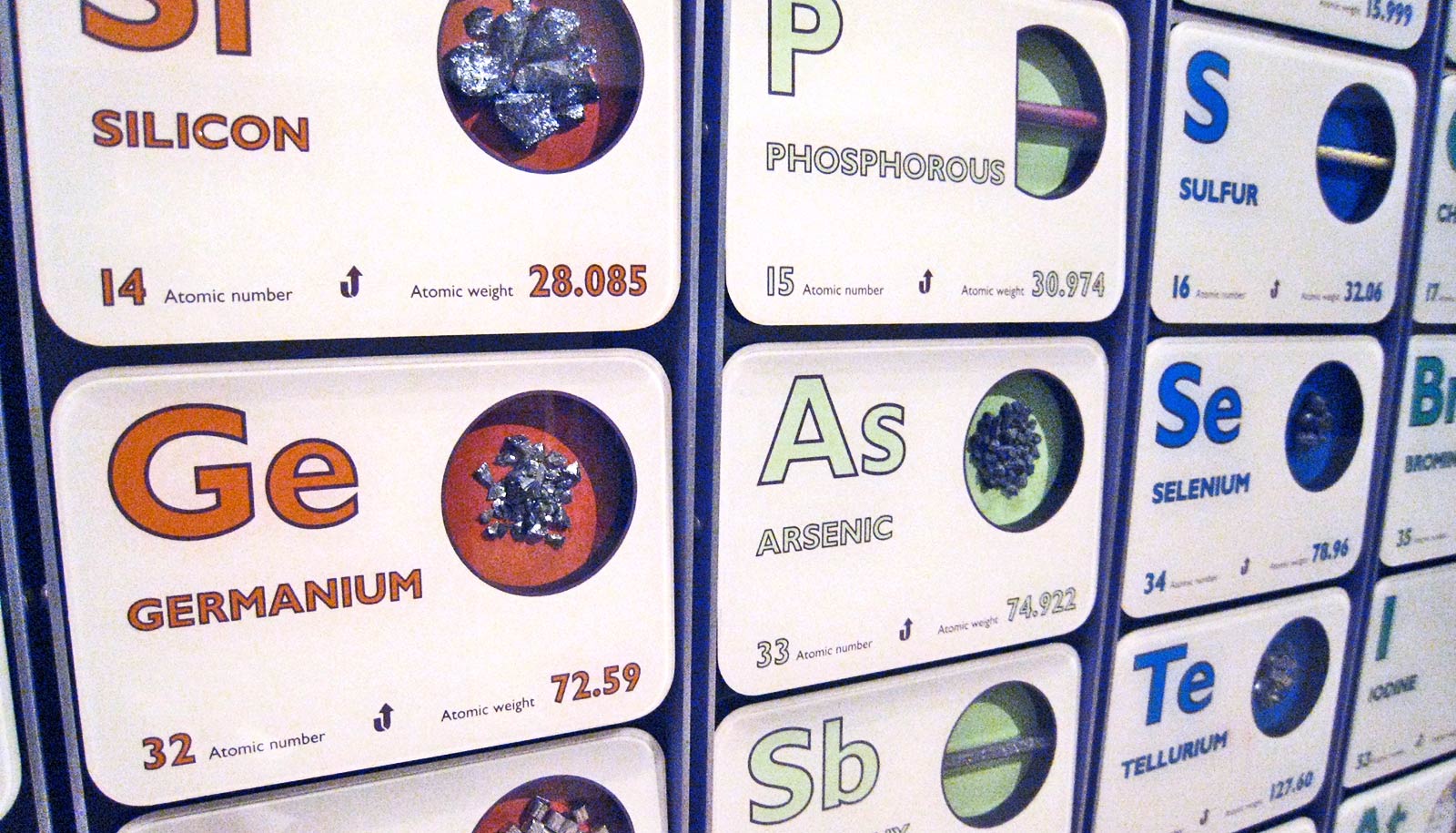Scientists have confirmed the discovery of 4 new elements, which will fill in the missing elements from the periodic table’s seventh row.
The scientists from the United States, Japan, and Russia who discovered the elements—113, 115, 117, and 118—now have the go-ahead to name them.

According to the International Union of Pure and Applied Chemistry, new elements can be named after a mythological concept, a mineral, a place or country, a property, or a scientist.
Over the past several years the element-hunting scientists have published many papers about their work. The Joint Working Party for the Discovery of New Elements (JWP) was tasked with assessing the claims of elemental discovery according to criteria established in 1999.
Those criteria were instituted as a means to adjudicate competing claims for discovery following a contentious period known as the “transfermium wars”—a decades-long battle over who discovered and therefore had the right to name elements 104-109.
In 2012, the JWP began evaluating the evidence surrounding the discovery of elements 113, 115, 117, and 118.
A joint effort between the International Union of Pure and Applied Chemistry and the International Union of Pure and Applied Physics, the JWP verified that the scientists did indeed discover four new elements.
“Each successive element becomes more and more difficult to synthesize and increasingly difficult to measure,” says Paul Karol, chair of the JWP and a Carnegie Mellon University professor emeritus of chemistry. “To actually study the chemistry is a profound challenge to the cleverness of experimental and theoretical scientists.”
Karol, a nuclear chemist who retired in 2012 after 43 years as a Mellon College of Science faculty member, has chaired the JWP since its inception in 1999. In the last 15 years, the group has conferred elemental status to five other elements: darmstadtium, roentgenium, copernicium, flerovium, and livermorium.
The discovery and naming of an element is held in high esteem. When American chemist Glenn Seaborg learned that element 106 would be named “seaborgium” in his honor, he said that such a tribute meant more to him than his Nobel Prize award.
Source: Carnegie Mellon University


